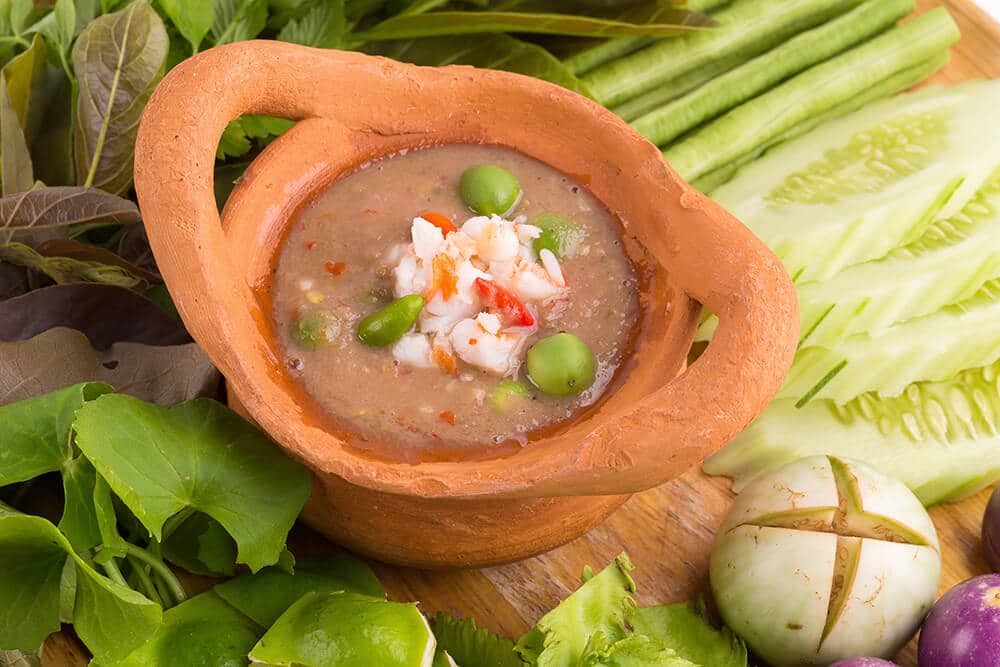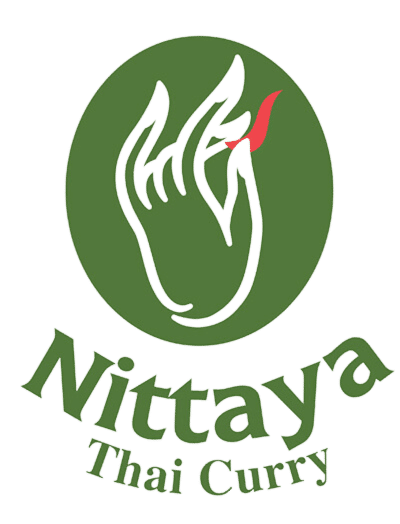Frequently Asked Questions (FAQs) About Thai Shrimp Paste
Table of Contents

A brief introduction to Thai shrimp paste
Shrimp paste is a pungent, fermented condiment used in a wide variety of Southeast Asian cuisines. In Thailand, shrimp paste, known as “kapi,” is a key ingredient in many recipes.
Despite its name, Thai shrimp paste is commonly made from krill and not regular shrimp. Its distinct flavor and smell come from the fermentation of these krill, which are small shrimp-like crustaceans. The fermentation process gives Thai shrimp paste a strong flavor and specific taste, making it a key ingredient for achieving depth and complexity in traditional Thai recipes.
How Do You Say Shrimp Paste in Thai?
In Thai, shrimp paste is called “kapi” (กะปิ). When prepared as a spicy dipping sauce, it’s known as “nam prik kapi” (น้ำพริกกะปิ).
This is a very popular condiment that typically combines shrimp paste with chilies, lime juice, garlic, and other ingredients. This blend creates a bold-flavored dip that pairs perfectly with fresh (or boiled) vegetables, Thai omelet and fried fish.
How Do You Use Thai Shrimp Paste?
Thai shrimp paste is a versatile ingredient that is pretty crucial in creating the bold, savory backbone of many Thai dishes.
It’s a key ingredient in traditional Thai curry pastes, like red curry paste and green curry paste, where it adds depth and a yummy, complex umami flavor.
Beyond curry pastes, shrimp paste is often used in dishes like nam prik kapi, a spicy dipping sauce, or stirred into stir-fries, soups, and fried rice for a savory punch.
You can also try incorporating it into sauces for grilled meats or adding it to marinades for a deeper, richer flavor. This will really take your simple meats and marinades to another level as the extra salty flavor seeps deep into meat and other ingredients.
Which Thai Dishes Use Shrimp Paste?
Shrimp paste is a staple in many Thai dishes beyond just curries. It’s found in classics like Pad Thai, where it really brings out the yummy flavors and enhances the sauce. The more umami, the better.
In Southern Thai cuisine, shrimp paste is almost ubiquitous—featured in dishes like kao kluk kapi (shrimp paste fried rice) and nam prik kapi (a bold and delicious dipping sauce).
It’s also used in stir-fries like stir-fried stink beans with shrimp paste (phad sataw) and in soups like gaeng tai pla, a Southern Thai fish curry.
Whether in marinades, dips, or stir-fries, shrimp paste brings authentic Thai flavor to tons of dishes. It’s simply a must-have ingredient in authentic Thai cuisine.
Does Thai Curry Paste Always Have Shrimp Paste In It?
Typically, yes. Shrimp paste is a key ingredient in most traditional Thai curry pastes, giving them rich, savory flavor.
However, there are a couple of vegan alternatives available. For example, at Nittaya Thai Curry, we offer vegan versions of our curry paste that replicate the authentic taste of traditional Thai curries without using shrimp paste.
Do Thai Restaurants Use Shrimp Paste In curry?
Shrimp paste is a key ingredient in traditional Thai curry, and most Thai restaurants include it in their dishes. It’s also common for restaurants to use pre-made curry paste, which usually contains shrimp paste, rather than making their own from scratch.
If you have food allergies or dietary restrictions, it’s important to inform the restaurant when ordering, as shrimp paste is likely present in your curry.
At Nittaya Thai Curry, we proudly supply our products to numerous Thai restaurants, including those in the fine dining sector. Our reputation for incredible quality speaks to our deep expertise in preparing authentic Thai flavors trusted by Thai chefs across the country.
How To Make Thai Shrimp Paste?
Making shrimp paste at home is simpler than you might think, although it requires time and patience for fermentation.
If you’re planning to make a Thai curry at home, you can buy one of our ready-to-go Thai curry pastes and save yourself a lot of time.
Here’s a basic recipe if you want to try out making DIY shrimp paste. Two simple ingredients are all you will need:
Ingredients
· 1 pound of small shrimp or krill (fresh or dried)
· 2 Tbsp of sea salt
Instructions
1. Prepare the shrimp: If using fresh shrimp or krill, clean and dry them well. If using dried shrimp, soak them in warm water for 15 minutes to soften.
2. Grind the shrimp: Place the shrimp and sea salt in a food processor and grind until you achieve a smooth, paste-like consistency.
3. Fermentation: Transfer the paste into a jar or container, pressing it down to remove any air pockets. Cover the container loosely and let it ferment at room temperature for 1-2 weeks. The longer you ferment it for, the stronger the flavor will be.
4. Dry and store: After fermentation, spread the paste on a tray and let it air dry in the sun for several days. Once dry, it’s ready to use and can be stored in an airtight container for up to a year.
What Can I Use as a Substitute for Thai Shrimp Paste?
If shrimp paste isn’t available, there are a few simple substitutions you can make to achieve a similar umami depth of flavor:
- Fish sauce: This is the closest substitute in terms of taste. Use it in a slightly higher quantity since it’s less concentrated.
- Oyster sauce: Adds a similar savory richness with a tiny bit of sweetness.
- Miso paste: While not as pungent, miso paste provides umami and can work in vegan dishes. Combine it with a bit of soy sauce for more complexity.
- Soy sauce: While not as deep and rich in taste, soy sauce can be paired with other substitutes to replicate the umami notes of shrimp paste.
How To Store Shrimp Paste?
Shrimp paste should be stored in an airtight container to preserve its potent aroma. This is also necessary to keep it lovely and fresh.
Keep it in a cool, dark place, like a pantry or cupboard, or keep it in the fridge for longer storage.
Properly stored, shrimp paste can last up to a year, and its flavor may even get better with time. Make sure to use a clean, dry spoon each time you scoop out the paste to avoid contamination.



